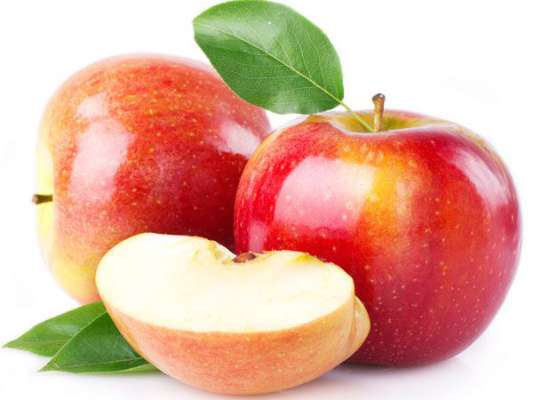An apple a day keeps the doctor away, but what happens when you find synthetic wax coated on apples! Will it keep you safe? This article will be explaining just about that and how to identify wax on apples and remove it.
Wax is applied on apples to make it look fresh and shiny. Next time when you see an apple glossy, don’t think that it is high in quality and fresh. Often apples are coated with wax to make them look more appealing.
So, Why Is Wax Applied On Apples?
Apples are known to produce their own wax which coats the fruit to reduce the loss of moisture and keep them fresh for a longer period of time. After apples are plucked from the trees, they are washed to remove the field dirt or any leaf litter. During this process, some of the natural wax on the apples is washed away also removing the shine it had.
So to retain the shine in the apples, growers or sellers apply a coat of edible synthetic wax to make it look shiny. Shellac or carnauba wax is coated on apples to add shine and improve their look and also to help seal the moisture, thereby extending the life of the fruit.
Apples that are waxed look so new and fresh that you will not be able to differentiate between a fresh one and an old one. According to the US Food and Drug Administration, people who grow apples in farms are permitted to use a certain quantity of wax on apples. However, you can’t just be sure of the quantity they are using to increase its longevity.
What Are The Types Of Waxes That Are Used?
1. Beeswax – A natural wax that is produced by the honey bees to make honeycombs which are used to make candles and wood polishes.
2. Shellac – It is a resin secreted by the female lac bug which is used as a brush-on colourant, wood finish and food glaze in pears, apples and citrus fruits.
3. Carnauba wax – This type of wax can produce a glossy finish which is used in automobile waxes, dental floss, shoe polishes and food products.
4. Petroleum jelly – It is a soft paraffin wax that is made up of a partial solid mix of hydrocarbons that come from mines.
These waxes are referred to as edible coating on food products.
What Are The Harmful Effects Of Wax Coating On Apples?
Wax coating on apples diminishes the quality of apples you eat. One of the effects in apples is called anaerobic respiration that can happen since the wax can act as an oxygen barrier. This can bring down the quality of apples as well as make it soggy and tasteless.
The other harmful effect in humans is that can wreak havoc in your digestive system. Though the wax in apples is easily digestible, it is harmful for the colon or the small intestine. It can also cause other health hazards like ulcers, infections in the gastrointestinal tract and respiratory issues and this can be bad for your health.
How To Identify Wax On Apples?
The extra shiny appearance on apples is the primary way to identify wax on apples. The other ways are:
1. You can rub the apple against your palm and if you see whitish powder on your palm, it is coated with wax.
2. Use a knife to scratch the outer surface of the apple gently and residues of wax will be seen on the knife.
It is advisable to get rid of the wax before eating it.
How To Remove Toxic Wax From Apples?
1. The first step is to take a bowl and fill it 5 inches with lukewarm water.
2. Add 1 tbsp of lemon juice or vinegar and 1 tbsp baking soda.
3. Put your apples in the water.
4. Brush the outer surface by using a brush.
5. Wait till the wax melts and makes the water cloudy.
6. Lastly, rinse the apple with clear tap water.
Note: It’s not recommended using detergents while washing fruits and vegetables.








